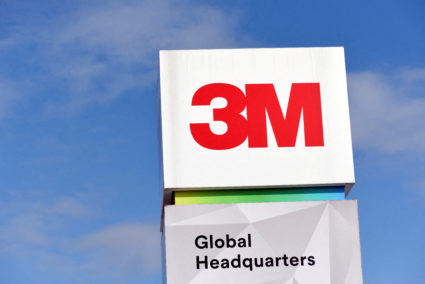
The state of New Jersey has achieved a major settlement agreement exceeding $2 billion with DuPont and its subsidiary companies, Chemours and Corteva, to resolve long-standing per- and polyfluoroalkyl substances (PFAS) pollution throughout the state. This settlement comes after an extended trial in federal court in which these corporations were charged with contaminating New Jersey’s natural resources for many years from four previous DuPont locations.
The suggested agreement, subject to final court sanction following a public consultation phase, mandates that the companies involved will remediate the PFAS contamination and pay the state $875 million in damages. Furthermore, up to $1.2 billion will be set aside to create a fund for additional cleanup efforts in the impacted regions. The financial liability is apportioned among DuPont (35.5%), Chemours (50%), and Corteva (14.5%).
New Jersey’s Attorney General, Matthew Platkin, highlighted the necessity of state initiatives to protect environmental and public health, particularly when federal regulation appears to be dwindling. Earlier this year, Platkin’s office arranged a $450 million settlement with 3M concerning similar PFAS contamination problems and a $393 million settlement with Solvay Specialty Polymers for cleanup near their facility in West Deptford. Arkema, a co-defendant, also committed to paying nearly $34 million for remediation of contamination, thereby ensuring that $75 million is set aside for ongoing efforts.
On a larger scale, DuPont has made settlements outside of New Jersey. In November 2023, they proposed a $110 million settlement with Ohio for PFAS-related allegations, while in July 2025, DuPont agreed to a $27 million settlement for contamination in Hoosick Falls, New York, which is pending approval from federal court.
These settlements illustrate the increasing legal and environmental pressures on large corporations to address the pervasive issue of PFAS pollution, renowned for its long-lasting presence in the environment and associated health hazards.